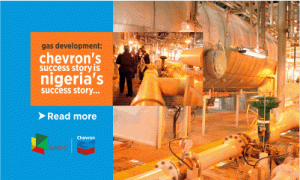Chevron North Sea Limited has started production from the Alder high-pressure, high-temperature natural gas-condensate field 160 km from the Scottish coastline in the central North Sea.
Alder, which lies in 150 m of water, is a single subsea well tied back via a 28-km pipeline to the existing ConocoPhillips-operated Britannia bridge-linked platform , in which Chevron holds 32.38 per cent non-operated working interest, according to a report by ogj.com.
The project has a planned design capacity of 110 MMcfd of gas and 14,000 b/d of condensate. Chevron expects output from the field to ramp up over the coming months.
Produced fluids are processed at a dedicated module attached to the Britannia BLP. Alder condensate will be exported via the Forties pipeline system to the Grangemouth terminal and gas exported to the Scottish area gas evacuation terminal at St. Fergus near Peterhead, Scotland.
Development of Alder has been enabled through the application of subsea technologies designed to meet the temperature and pressure challenges of the field.
Key technologies have included a number of firsts for Chevron in the North Sea, including a vertical monobore subsea tree system, subsea high-integrity pressure protection system, and specially designed corrosion monitoring system to measure the real-time condition of the production pipeline.
Discovered in 1975, Alder field is operated by Chevron North Sea with 73.7 interest ConocoPhillips (UK) Limited holds the remaining 26.3 per cent.
In the UK, Chevron North Sea has working interests in 10 offshore producing fields, including three operated fields (Alba, 23.4 per cent; Captain, 85 per cent; and Erskine, 50 per cent) and seven non-operated fields (Britannia, 32.4 per cent; Brodgar, 25 per cent; Callanish, 16.5 per cent; Clair, 19.4 per cent; Elgin-Franklin, 3.9 per cent; Enochdhu, 50 per cent; and Jade, 19.9 per cent).
The Chevron unit’s net production in 2015 from these fields averaged 40,000 b/d of liquids and 115 MMcfd of gas.









